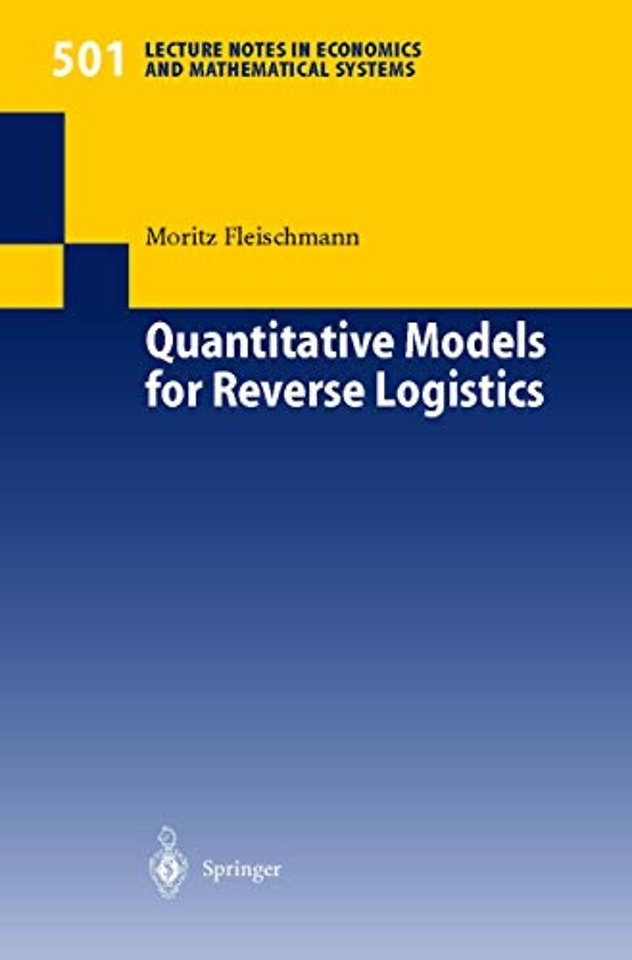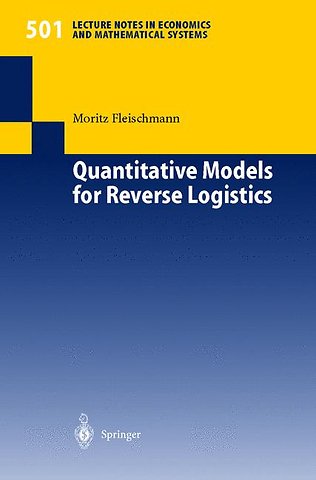Quantitative Models for Reverse Logistics
Samenvatting
Economic, marketing, and legislative considerations are increasingly leading companies to take back and recover their products after use. From a logistics perspective, these initiatives give rise to new goods flows from the user back to the producer. The management of these goods flows opposite to the traditional supply chain flows is addressed in the recently emerged field of Reverse Logistics. This monograph considers quantitative models that support decision making in Reverse Logistics. To this end, several recent case studies are reviewed. Moreover, first hand insight from a study on used electronic equipment is reported on. On this basis, logistics issues arising in the management of "reverse" goods flows are identified. Moreover, differences between Reverse Logistics and more traditional logistics contexts are highlighted. Finally, attention is paid to capturing the characteristics of Reverse Logistics in appropriate quantitative models.
Specificaties
Inhoudsopgave
Anderen die dit boek kochten, kochten ook
Net verschenen
Rubrieken
- aanbestedingsrecht
- aansprakelijkheids- en verzekeringsrecht
- accountancy
- algemeen juridisch
- arbeidsrecht
- bank- en effectenrecht
- bestuursrecht
- bouwrecht
- burgerlijk recht en procesrecht
- europees-internationaal recht
- fiscaal recht
- gezondheidsrecht
- insolventierecht
- intellectuele eigendom en ict-recht
- management
- mens en maatschappij
- milieu- en omgevingsrecht
- notarieel recht
- ondernemingsrecht
- pensioenrecht
- personen- en familierecht
- sociale zekerheidsrecht
- staatsrecht
- strafrecht en criminologie
- vastgoed- en huurrecht
- vreemdelingenrecht







